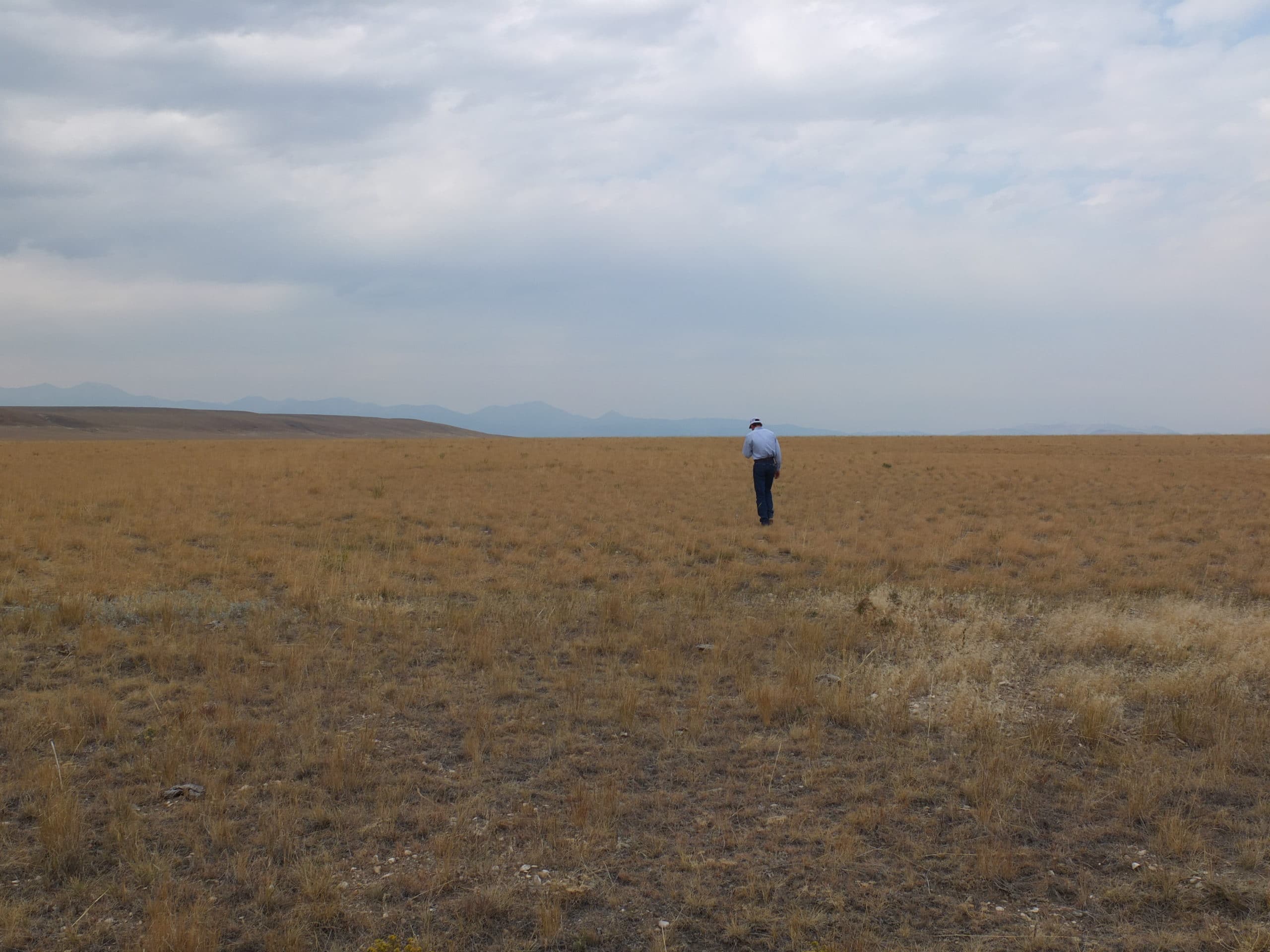Giving carbon a home on the range
Adapting ranching practices in the US could increase carbon sequestered in the American West

Rangelands occupy more than three quarters of global agricultural land. Many of the world’s native grassland ecosystems have been converted to grazing land for livestock, altering their ecology and changing the flow of carbon on the landscape. However, these lands still have the potential to be a powerful carbon sink if properly managed.
On September 27 and 28, Woodwell Climate Research Center convened a workshop in collaboration with Montana State University (MSU) and Turner Ranches to open discussions on rangeland management in the United States. The workshop took place in Bozeman, Montana, and brought together scientists, ranchers, and conservationists to share their perspectives on rangeland ecology, carbon sequestration, fire management, and herd health, as well as anecdotes from careers spent on the range.
“Montana offers a great location for this conversation because the majority of the state is amazing rangeland including unique grassland and sagebrush steppe environments, in many cases privately held,” said Dr. Stephanie Ewing, an Associate Professor at MSU who co-organized the event. “And because we have a strong academic and extension community at MSU that has been engaged with rangelands and rangeland managers over time.”
Day one began with a series of presentations and panels meant to facilitate discussion about rangeland management. Sessions covered rangeland ecosystem services, rangelands in the American West, management for carbon sequestration, carbon markets, and tools for rangeland monitoring.
For Dr. Jennifer Watts, Woodwell Assistant Scientist, the discussions highlighted the vast untapped potential of rangelands to play a positive part in climate mitigation.
“There’s so much rangeland in the western U.S. and so there is a huge potential for improving ecosystems and improving carbon sequestration and storage,” Dr. Watts said. “But the public doesn’t perceive rangelands with the same reverence that we do with forests or other ecosystems. I think if we start to value them at the national level, and realize the potential for ecosystem services and climate mitigation, that could shape how policy is going to move forward.”
The following day, attendees made site visits to two ranches in the area—Red Bluff Ranch, run by MSU, and Green Ranch, owned by Turner Enterprises—for a hands-on look at the topics they had discussed the day before. They examined soil pits, dug into the grass, and talked about different land management styles.
For Senior Scientist Dr. Jonathan Sanderman, the trip into the field was a catalytic moment in the workshop.
“After just a few hours on the ranches, I felt like a lot of people had lightbulbs go off about how long-term management has affected certain parts of land more than others, and how that feeds back to the soils,” Dr. Sanderman said.
One theme that emerged from the workshop was the need for more and better information on how rangelands could be included in carbon markets. While there was interest from landholders in participating, very few knew enough to get started. Drs. Watts and Sanderman hope future collaborations will allow them to dig deeper into the topic with ranchers.
“A well-functioning carbon market can provide climate benefits and an additional revenue stream, enhancing the economic resilience of ranching communities,” Dr. Sanderman said. “Quantifying and monetizing carbon sequestration from improved grazing management is still in its infancy. This means there is a lot of confusion and few agreed upon standards; but, it is also an opportunity to shape policies and design programs that benefit people and the environment.”
It also became evident that, while many ranchers were interested in carbon storage on their lands, what mattered more to them was the possibility of integrated benefits from holistic range management. Improving carbon storage in the soils can improve water management, nutrient retention, and other ecosystem services.
“Carbon is something that brings it all together,” Dr. Watts said.



